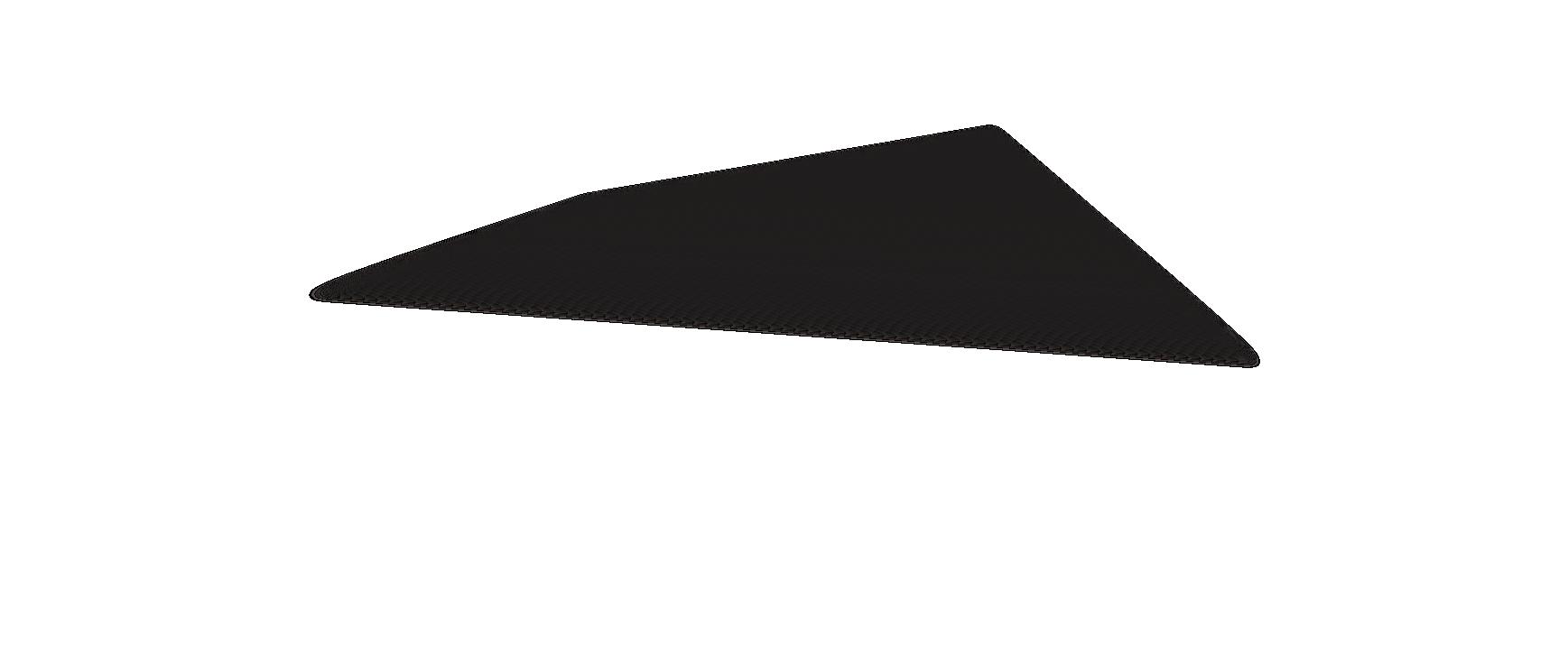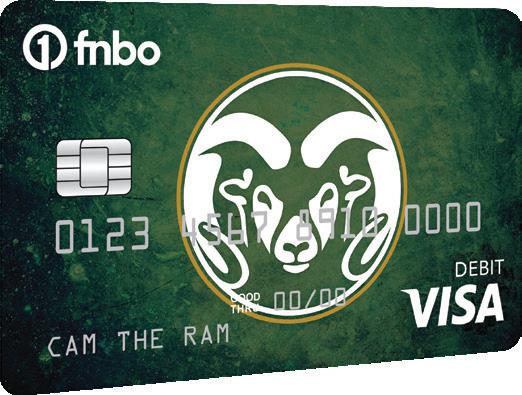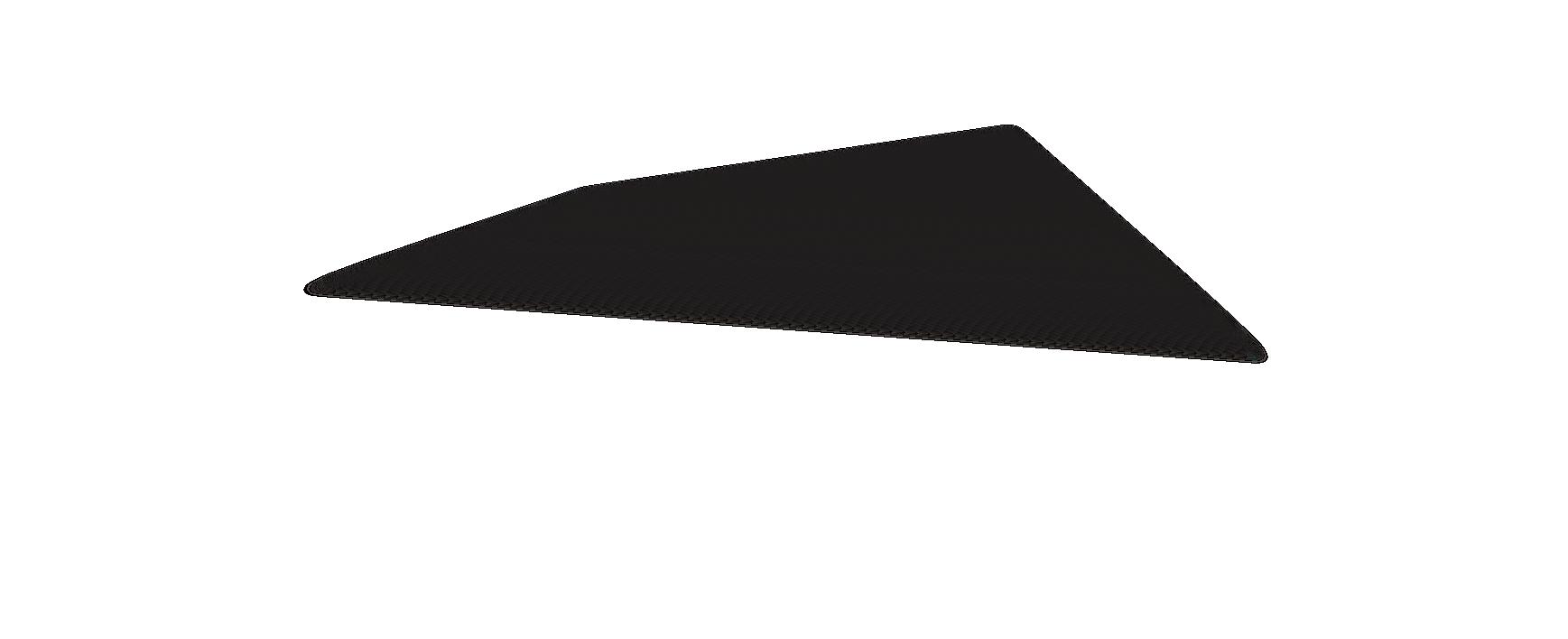
April 28, 7:30 p.m. / Organ Recital Hall
GRADUATE QUARTET CONCERT
Monday, April 29, 2024 | Organ Recital Hall, 7:30 pm
Quartet in F Major Maurice Ravel (1875-1937)
Allegro moderato
Assez vif-Tres rhythme
Tres lent
Vif et agite
INTERMISSION
Quartet in E-Flat Major, Op. 127 Ludvig van Beethoven (1770-1827)
Maestoso-Allegro
Adagio, ma non troppo e molto cantabile-Andante commodo
Scherzando vivace
Finale
Jessica Rosado and Cesar Reyes, violins
Ethan Buell, viola
Frederick Schmid, cello
PROGRAM NOTES
Maurice Ravel finished his String Quartet in F Major in 1903, when he was 28, at the Paris Conservatory. The work was premiered in Paris a year later. The quartet is in a relatively typical four-movement structure: the first movement has two themes that are recapped later in the work; the riveting pizzicato scherzo second movement is followed by a breathtakingly lyrical slow movement. Then the finale comments on aspects from all the previous movements. Instead of using more common groupings of three or four even beats, the last movement often emphasizes every five subdivisions or mini groupings of two plus three per measure. This effect gives the movement some extra pizazz to end the piece with a colorful flourish.
The quartet is inspired by Claude Debussy’s String Quartet, written in 1893, but both works are recognizably distinct. Ravel actually composed this work to return to classic standards, partially rejecting the vagueness of early French impressionist pieces. The quartet had mixed reviews from critics initially (some even accusing it of being derivative of Debussy’s work), but by 1914 string quartets from around the world were performing it regularly, and it remains a staple of the repertoire.
Beethoven's Opus 127 stands as the inaugural piece of his esteemed "late quartets," a collection of six string quartets that represent some of his most profound and final compositions. For over a decade since the Op. 95 "Serioso" quartet in 1810, Beethoven had largely distanced himself from this genre. During this interlude, he composed his final piano sonatas, the Missa Solemnis, and the Ninth Symphony, all of which are monumental works. These last piano sonatas introduced several stylistic elements that would later be echoed in his late quartets: innovative structures, exquisite melodies, profound emotional depth, extended durations, exceptional virtuosity, and a relentless pursuit of variation. Beethoven's ultimate compositions traverse a spectrum from the personal to the universal, and even transcend beyond.
Despite the remarkable achievements in his late quartets, Beethoven's personal life during this period was marked by considerable hardship. By 1816, he had become completely deaf, exacerbating his sense of isolation and loneliness. He endured unrequited love, protracted legal battles over his nephew Karl, and numerous challenges with his publishers, finances, and health. However, in November 1822, a fortuitous opportunity arose when Beethoven received a letter from Prince Galitzin of Russia, expressing a desire for "one, two, or three new quartets" and offering to remunerate Beethoven as he deemed appropriate. Between May 1824 and November 1826, a mere four months before his demise, Beethoven composed three quartets for Galitzin and two additional quartets, culminating in his final musical contributions.
The first among these late quartets, the String Quartet in E-flat Major, Op. 127, was completed in February 1825. Its premiere by the Schuppanzigh Quartet in March 1825 in Vienna was met with a lukewarm reception. One critic described the work as an "incomprehensible, incoherent, vague, over-extended series of fantasies—chaos, interspersed with occasional flashes of genius." Nonetheless, the masterpiece eventually garnered acclaim and enjoyed several performances during Beethoven's final years.
Op. 127 comprises four movements, each deviating from conventional quartet norms. The first movement primarily adheres to the sonata form, yet it presents an unusual dramatic contrast between the gentle lyricism of the main theme and a series of bold, declamatory chords that periodically disrupt the flow. This interplay culminates in a tender theme that concludes with a delicate and graceful twist, reminiscent of Mozart's refined style rather than Beethoven's own.
The second movement epitomizes the quintessential late Beethoven style, featuring a set of variations on a simplistic yet exquisitely beautiful theme. Unlike his typical variations characterized by vigor and striking contrasts, this movement unfolds as a slow, rhapsodic journey, where a sustained lyrical melody meanders through various contrapuntal textures, culminating in an extended and passionately emotional composition.
The Scherzo, brimming with energy, introduces rhythmic complexity and a dark, rapid trio that echoes some of Beethoven's finest symphonic writing. Despite its ample and rich texture, this movement retains a characteristic humor in its conclusion.
The finale, the briefest of the movements, exudes a cheerful and benevolent demeanor. It features two contrasting themes: one buoyant and light-hearted, the other more insistent and laden with heavy accents. The true marvel unfolds in the concluding section, where Beethoven ingeniously alters the key, meter, and tempo, transforming the music's fundamental character in a transcendent variation. His Opus 127 is a confluence of contrasts, emotions, and styles, showcasing Beethoven's brilliance and ingenuity in his later years.
UNIVERSITY SYMPHONY ORCHESTRA

CONDUCTED BY
RACHEL WADDELL
FEATURING :
John Adam's Short Ride in a Fast Machine, Arturo Márquez's Danzón No. 2, and 2024 CSU Concerto Competition winners, Quinn Harlow, performing Keiko Abe's Prism Rhapsody for Marimba and Orchestra.
MAY 2, 7:30 P.M







